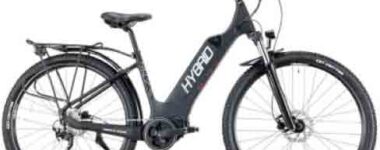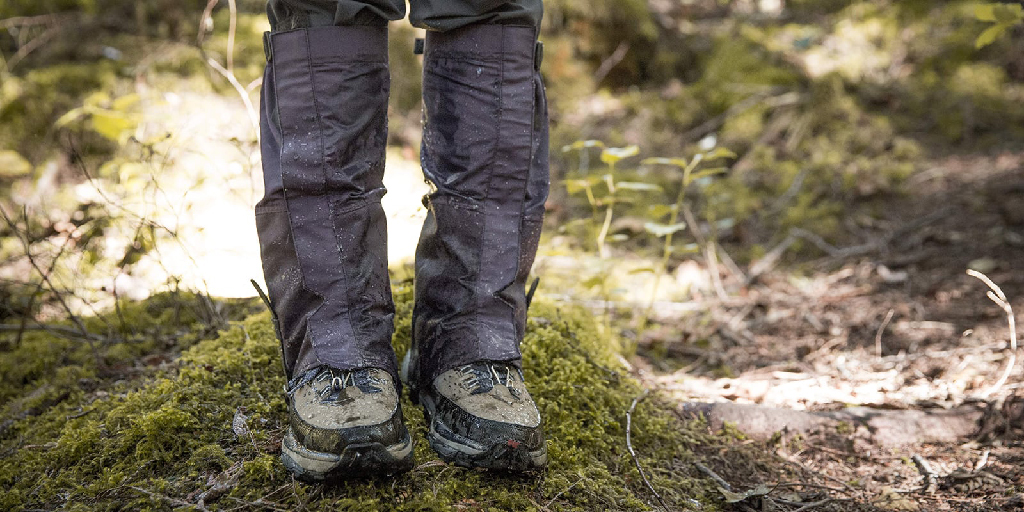Latest News
Share this post:
Fortunately, there’s a quick learning curve when it comes to using walking poles. With a handful of tips and suggestions, you’ll be on your way.
Alternating Your Poles and Legs
Most walkers take to using walking poles quickly and fall into the proper rhythm of planting the opposing walking pole in time with the opposing foot (right foot, left pole, left foot, right pole, etc.) If you fall out of the rhythm, just keep walking while lifting your poles off the ground for a moment so you can reset. Start planting the poles again as soon as you’re ready. Soon this will become completely natural and you won’t even have to think about it.
Double Planting
Occasionally you might want to plant both poles at the same time and then take two steps, plant both poles again and continue. This can be beneficial on steep climbs or descents where you need the stability of both poles on the ground at the same time.
Walking Naturally
When using walking poles, it’s best to walk naturally and maintain a natural arm swing as if you didn’t have poles in your hands. The poles may be angled slightly behind you so that as you plant them you can push off to aid your forward movement.
Negotiating Obstacles
Walking poles can be very helpful when you encounter obstacles in the trail.
Stream and river crossings: Trekking poles provide much-needed stability when you have to wade through water. Make sure each time you plant your pole, it’s secure on the bottom before moving forward. If the water is deep, lengthen your poles.
Puddles: You can manoeuvre around them, using your poles for stability, or you can do a “pole vault” to the other side by planting both poles and hopping over.
Large rocks: For getting up and over large rocks, poles can give you a helpful push. To do this, plant both poles in the ground and as you step up on the rock, push on the poles to get you all the way onto the rock.
Logs: To step over a log, simply plant the poles in the ground and use them for stability. If you’re walking on a log to get across water, you can use the poles to improve your balance by reaching them out to both sides (picture a tightrope walker using a large pole for balance).
Using Poles with Your Tent
Some lightweight tents and tarps require walking poles for proper pitching. If you own one of these, make sure you have poles that work not only for you but also for your tent or tarp. Most often, adjustable poles will work best for tents and tarps because you can fine-tune the length to make setup easier.


 Collecting and Propagating Seeds
Collecting and Propagating Seeds China on a Plate: The Flavours of a Nation (with a Spotlight on Sichuan)
China on a Plate: The Flavours of a Nation (with a Spotlight on Sichuan) Kinesiology Cross Patches
Kinesiology Cross Patches Camaraderie On a Walking Tour…
Camaraderie On a Walking Tour… How E-Biking Has Transformed Biking Tours
How E-Biking Has Transformed Biking Tours








